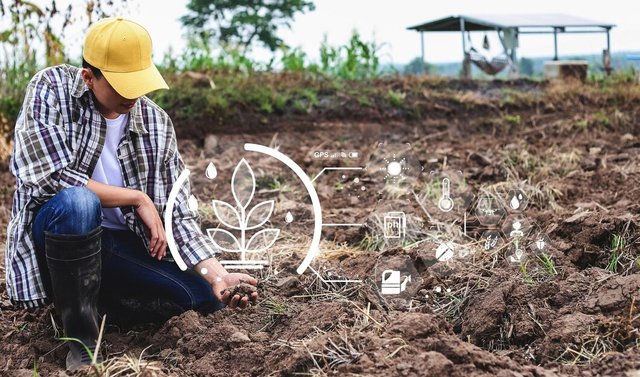How does climate change affect agriculture?
How does climate change affect agriculture?

Climate alter essentially impacts agribusiness, influencing crops, animals, soil, water assets, and country communities. Here are a few key impacts:
Diminished Trim Yields:
Rising temperatures and expanded carbon dioxide concentrations may boost a few trim yields, but major product crops (like corn, rice, and oats) are anticipated to surrender less than they would in a future without climate change¹.Warm Stretch:
Dairy dairy animals are particularly touchy to warm push, which influences their craving and drain generation. In 2010, warm push brought down yearly U.S. dairy generation by an evaluated $1.2 billion¹.Soil Disintegration:
Overwhelming rainfalls can lead to more soil disintegration, posturing a major risk to economical trim production¹.Dry seasons:
The U.S. Southwest has been encountering serious long-term dry seasons, affecting water accessibility for agriculture¹.Fierce blazes:
Tribal communities are defenseless to rapidly spreading fires due to inaccessible areas and restricted firefighting assets. Fierce blaze smoke can moreover have far-reaching impacts on health¹.Adjustment:
Agriculturists can utilize climate-smart strategies, such as edit revolution and coordinates bother administration, to adjust to changing conditions¹.
Keep in mind, tending to climate alter is pivotal for defending our nourishment supply and guaranteeing economical horticulture. 🌍🌾🚜